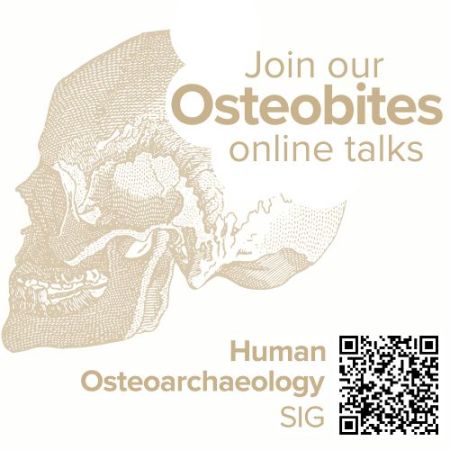Human Osteoarchaeology Special Interest Group represents the interests of professionals who work or have an interest in the area of osteoarchaeology and burial studies. We aim to promote standards and good practice for the excavation, treatment, conservation, analysis and curation of human remains and funerary archaeology from the historic environment.
You do not need to be a CIfA member to join the Group! Non-members can join the Group as a Human Osteoarchaeology Group supporter for £15 annually. This provides you with free attendance at our Osteobites lectures, CIfA member rate fee for paid for Group events and resources, and email bulletins containing newsletters and updates from the Group. More information about becoming a Group supporter can be found here.


